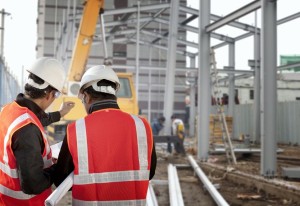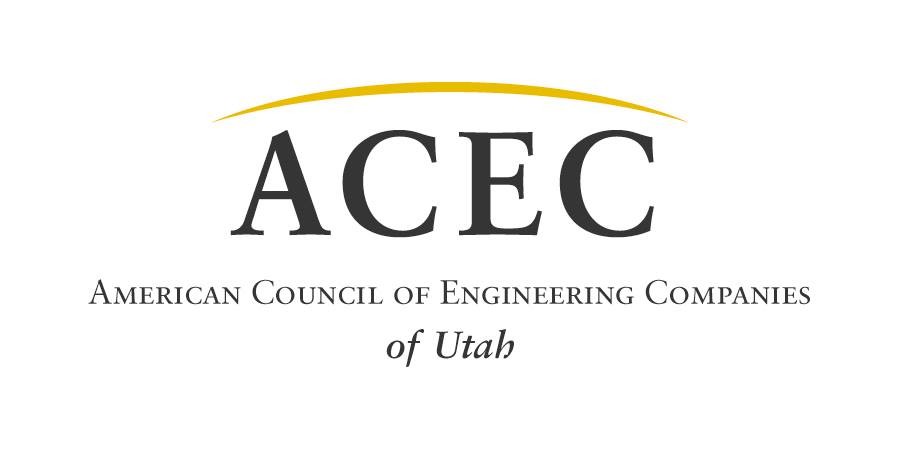Safety is everyone’s responsibility: Five construction site safety tips to always remember
 Construction is one of the most hazardous industries, with high rates of workplace injuries and fatalities. Whether you’re an engineering consultant, project manager, or laborer on-site, safety should always be a top priority. Being well-versed in safety practices is critical for reducing risks and protecting workers from harm.
Construction is one of the most hazardous industries, with high rates of workplace injuries and fatalities. Whether you’re an engineering consultant, project manager, or laborer on-site, safety should always be a top priority. Being well-versed in safety practices is critical for reducing risks and protecting workers from harm.
Here are five essential safety tips to keep in mind while working on a construction site:
1. Always stay aware of your surroundings
Construction sites are busy, fast-paced environments filled with heavy machinery, tools, and potential hazards. To prevent accidents, it’s crucial to stay alert and aware of your surroundings at all times. Whether there are overhead power lines, low clearances, obstructions, or underground utilities, being mindful of your environment can help you avoid unnecessary accidents. Never get too comfortable on the job—complacency can lead to serious injuries. Conduct regular walkthroughs of the site and look out for potential hazards that may not be obvious at first glance. If you notice something out of place or a new risk emerging, take action immediately to mitigate it.
2. Prioritize good posture and balance
Maintaining proper posture and balance is often overlooked but is key to preventing injuries, especially when handling tools and equipment. Workers who lose their balance or have poor posture are at a greater risk of falls, which are one of the leading causes of construction-related injuries. Whether you’re working at height or handling heavy materials, maintaining a stable stance and distributing your weight properly can reduce your risk of falling or losing control of tools. Remember, a slip or fall can not only injure you but also harm others on-site. Practicing good body mechanics can also prevent long-term strain on your muscles and joints, especially in physically demanding roles.
3. Use proper protection
On any construction site, personal protective equipment (PPE) is non-negotiable. Without the right gear, workers expose themselves to a variety of dangers, from permanent hearing loss to severe eye injuries. Always wear ear and eye protection, especially when working near loud machinery or flying debris. Hard hats are crucial when working around scaffolding, falling debris, or overhead structures, while work boots with reinforced toes are essential for protecting your feet from heavy objects or punctures. Remember that PPE is there to protect you from serious harm, so make sure it’s always worn correctly and in good condition.
4. Familiarize yourself with hazards before starting work
Before starting any project, it’s important to familiarize yourself with the site-specific hazards. Workers should never operate in areas without proper fall protection systems, and every worker should undergo fall protection training. Falls remain one of the top causes of fatalities in construction, making it critical to ensure that fall protection equipment, such as guardrails and safety harnesses, are in place and used properly. Additionally, review the site layout, understand emergency procedures, and know the location of first aid stations and equipment. Being proactive and aware of the risks beforehand can make a significant difference in preventing injuries.
5. Check your tools regularly
Using damaged or faulty tools can lead to avoidable accidents. Before you start working, always inspect your tools to ensure they’re in proper working condition. Look out for frayed cords, cracked handles, or malfunctioning parts that could pose a danger. If you come across damaged tools, don’t use them—immediately remove them from the site and report them to your supervisor. Regular maintenance and proper care of your equipment not only improve safety but also help you work more efficiently.
Safety is everyone’s responsibility
Safety on a construction site is a shared responsibility. Whether you’re supervising a team or working on the ground, taking the necessary precautions ensures that everyone on-site stays safe. By following these essential safety tips and staying alert, you can reduce risks, prevent injuries, and contribute to a safer, more productive work environment.






